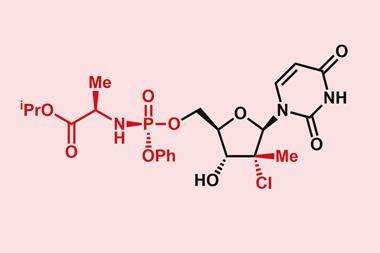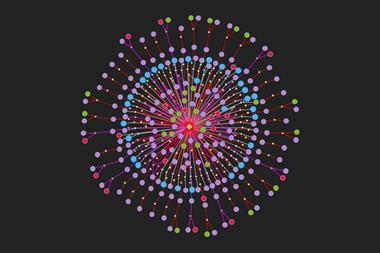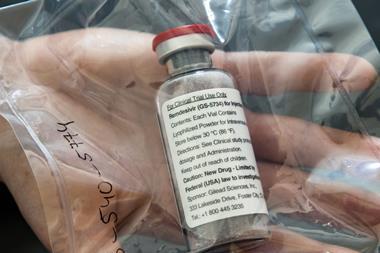Chematica, a retrosynthetic software tool driven by artificial intelligence, has been used to develop synthetic contingency plans to produce drugs on a large scale in case of market shortages. The program devised multiple routes to hydroxychloroquine and remdesivir, the latter of which has shown promise in treating patients with Covid-19.
‘As a society we have become complacent about the few optimised industrial routes to pharmaceuticals, as we always assume that chemicals can be readily supplied. If substrates run out, but there is an immediate need for large quantities of certain medications, we require other routes, or contingency plans, to make the required molecules,’ explains Chematica creator Bartosz Gryzbowski of the Polish Academy of Sciences and the Ulsan National Institute in South Korea.
Per-Ola Norrby, who works on predictive science within pharmaceuticals at AstraZeneca in Sweden, says Chematica has come into its own over the past few decades. ‘This tool can strongly increase efficiency of experienced chemists in rapidly producing a diverse set of proposed pathways’ he says. ‘This could be a strong advantage when faced with a starting material shortage during a pandemic.’
Gryzbowski and his team have now reported multiple new routes to hydroxychloroquine and routes to remdesivir that are economically viable, concise and use a diverse range of widely available substrates or starting materials. Human chemists alone may have been able to design these routes, but with the aid of Chematica this is a far less arduous, complex and time-consuming task.
For remdesivir, the software proposed the inexpensive and commercially available compounds aminopyrrolotriazine ($5.5 per gram) and ribonolactone ($5.7 per gram) as starting materials for the molecule’s N-heterocyclic and C-aryl nucleoside groups, respectively. These sections could then be combined by adding an organometallic reagent to the lactone of the nucleoside. Three different protected alanine derivatives ($0.25-0.31 per gram) were suggested as starting materials to prepare the amino acid section, which could be coupled to the rest of the molecule by a phosphorylation step.
‘While the platform offers functionality to navigate around patented routes, navigating around patents may be premature,’ comments Richard Chinn, a patent attorney at Grüneberg and Myers in the US. ‘Patent claim interpretation is needed to understand the scope of the patent and is based on the ordinary meaning of the claim terms, viewed in light of the description in the patent specification and arguments made before the patent office, a process that is likely outside of the scope of this computer analysis. By avoiding patented routes without understanding the scope of the patented claims, potential routes may be unnecessarily eliminated.’

However, Gryzbowski explains that the software itself does not analyse the patents. ‘The patented routes are scrutinised and input by human chemists, before the program is asked to navigate around them. Moreover, the program does rediscover the previously patented or published routes, but finds many others. If there is a problem, it is that there are too many pathways, rather than too few’.
Gryzbowski says his group is open to performing similar synthetic analyses for other potential anti-Covid-19 agents on a pro bono basis. He encourages researchers in industry and academia to use programs like Chematica to develop contingency plans for other drugs. ‘If there is a tool that can be used to give you ideas, and it only takes 15–20 minutes, then why not?!’












No comments yet